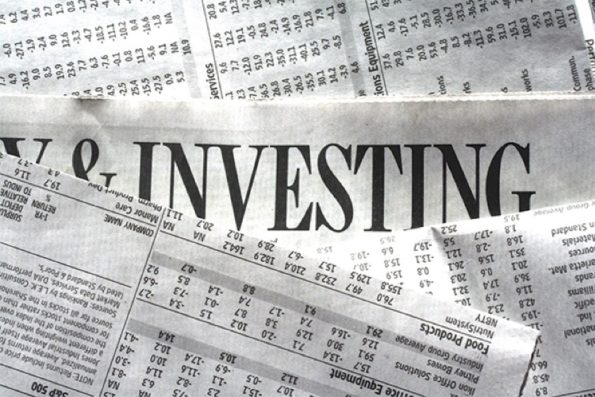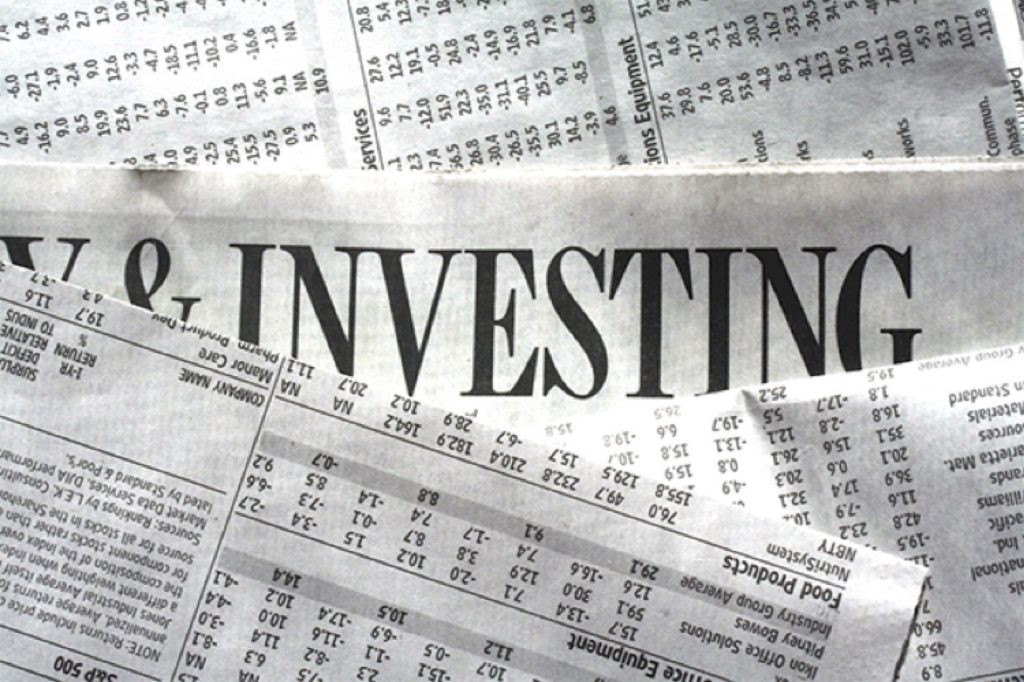How to Protect Your Investments When Markets Sour
As a business owner, it’s important to stay ahead of the curve. If fortune favours the prepared mind, there is no room for haphazard behaviour. Far too many business owners pin the performance of their SMEs on the macroeconomy. ‘Unemployment numbers are up, interest rates are rising, a trade war is brewing etc.’ There is an irony at work here since profitable opportunities exist in both bullish and bearish markets. Conventional methodology when it comes to investing is rather linear. In other words, a business invests funds in stocks, commodities, indices, or currency pairs and waits for the underlying asset to appreciate. What happens if the financial markets are bearish?

When markets start retreating from multiyear highs as we are seeing now on Wall Street, savvy investors adopt contrarian practices. Many folks believe that the only way to make money in the markets is when the underlying financial instrument appreciates in value. However, the whipsaw behaviour of markets precludes uninterrupted spells of appreciation. There will be rebalancing periods, adjustments, market corrections and the like. Asset prices may decline during certain periods of the year while investors are divesting from their portfolios for tax purposes. Or asset prices may increase when investors are bulking up their portfolios.
An Alternative for Volatile Markets
The long-term strategic objectives of a business should factor in the whipsaw behavior of financial markets and how alternative investment paradigms play a part. These include forwards contracts, and CFDs. A Contract for Difference (CFD) is an interesting investment vehicle. It is ideal for hedging purposes since you can use CFDs to profit off bearish price movements or bullish price movements of the underlying asset.
Benefits
There are several other benefits to CFDs including the following:
- No physical ownership of any of the underlying assets (stocks, commodities, Forex, or indices) is necessary. These are simply contracts tracking the price movements of the underlying asset.
- CFDs can be traded in bullish or bearish markets.
- Traders and investors can use leverage to maximize the size of the position they are controlling with CFDs. Low margin and high leverage can boost profitability. A caveat is in order: Losses can also be magnified.
- CFDs offer tax-free profits in the UK and are associated with low fees for clients.
Simply Explained
While the benefits of CFD trading are obvious, the more important question to a first-time business investor is the following: What is the best CFD definition? The following description by leading brokerage, Wilkins Finance offers useful insights into CFD trading assets, strategies and tools:
‘A CFD can be defined as an agreement that is made between a buyer and seller (often a buyer and a broker) without either of these parties having to own the actual asset being traded… If you enter a long position and the price of the asset appreciates, then the broker pays you the difference.… You can also make money in downward trending markets when you take a short position if you speculate that the value of the asset will decrease.’
The last point is the most important point for business investors to understand. CFDs allow for profit generation even in bearish financial markets!

